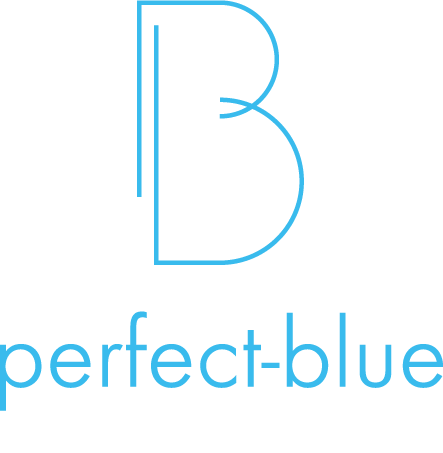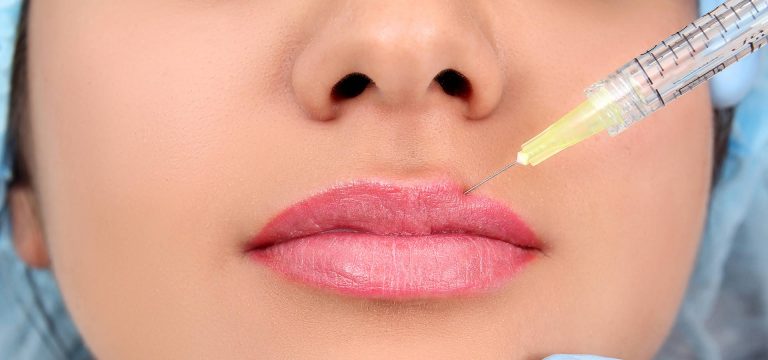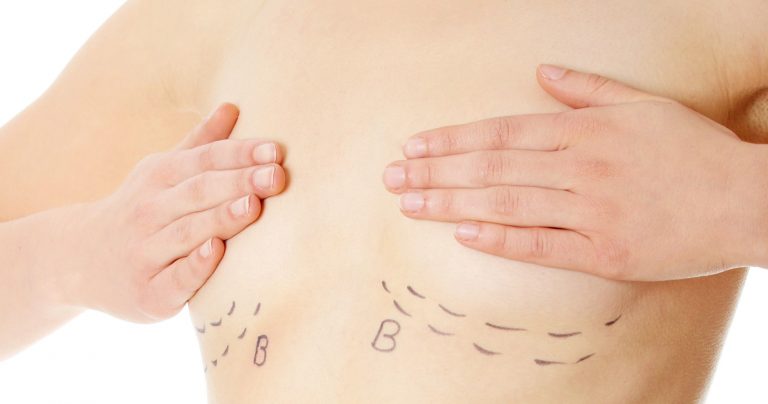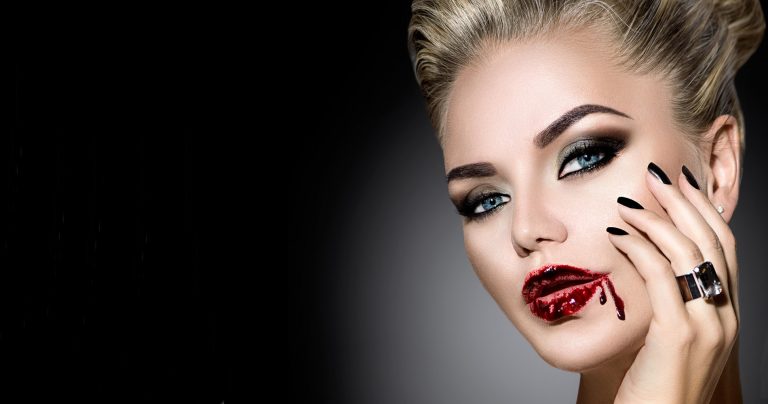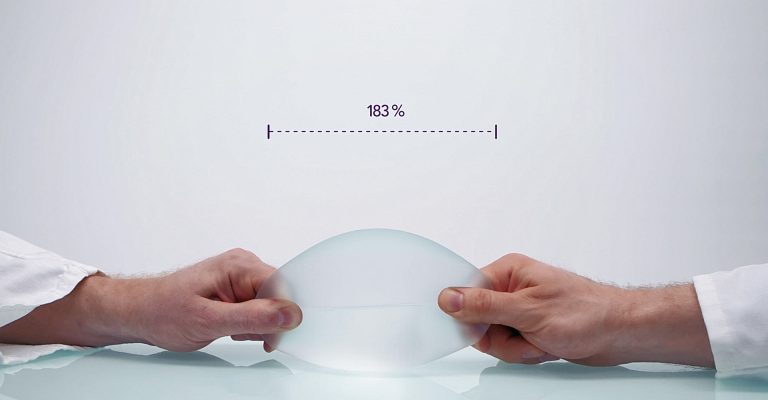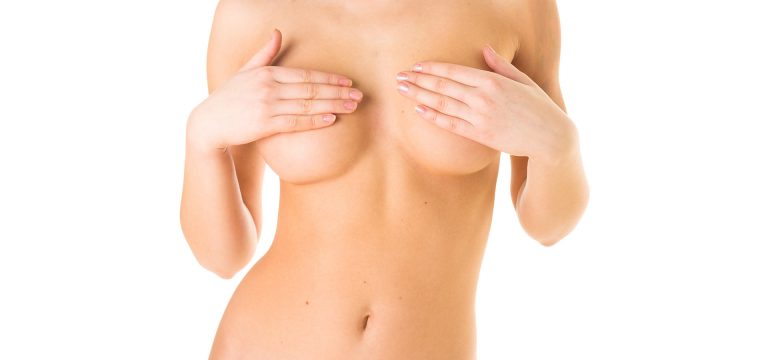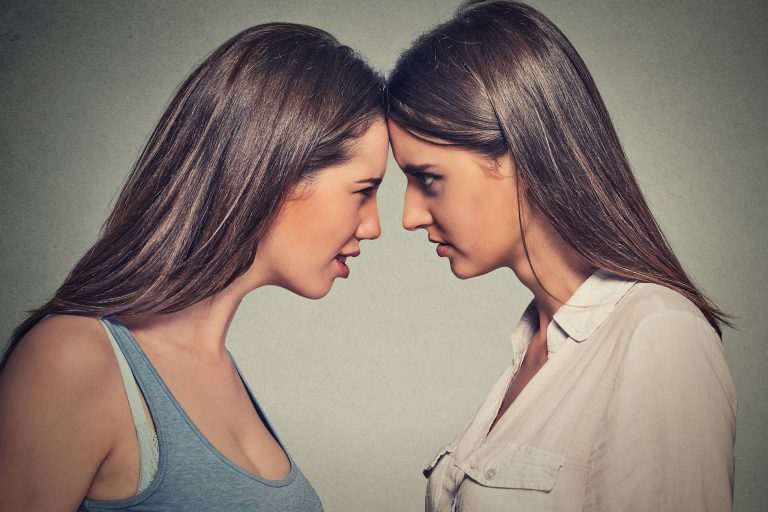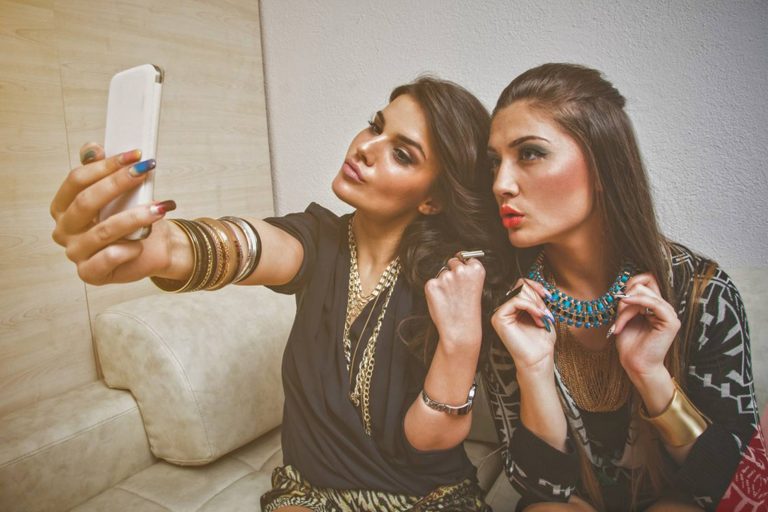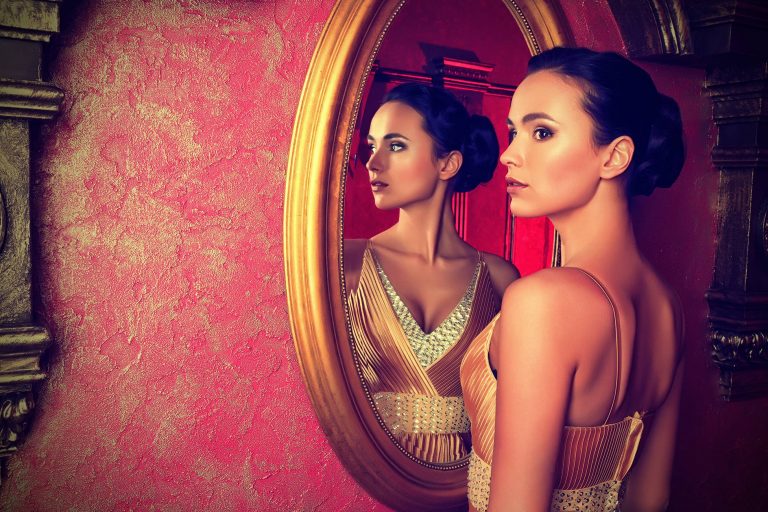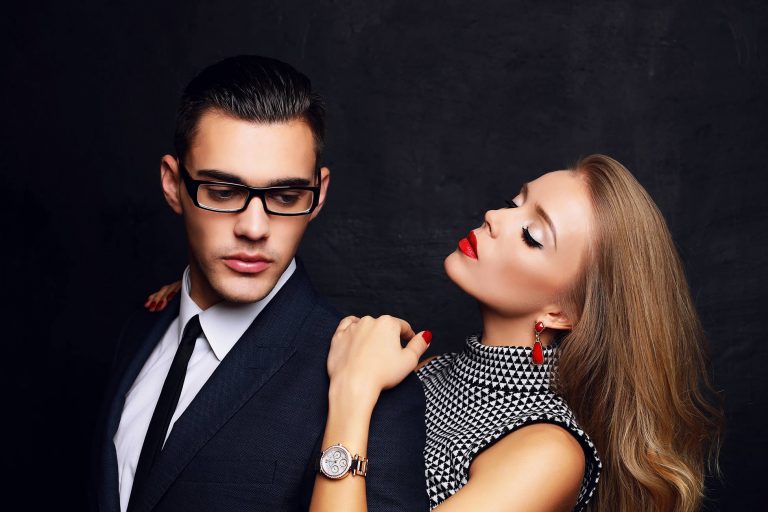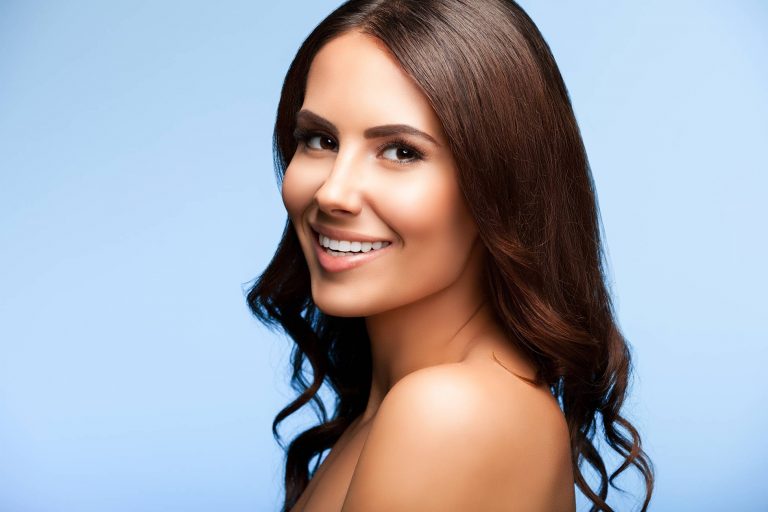Beauty Trends • 06 Jun 2018
What is Beauty made of.
It’s widely assumed that ideals of beauty vary from era to era and from culture to culture. But new research is confounding that idea. Studies have established that people everywhere – regardless of race, class or age – share a sense of what’s attractive. And though no one knows just how our minds translate the sight of a face or a body into rapture, new studies suggest that we judge each other by rules we’re not even aware of.
This isn’t to say that our preferences are purely innate – or that beauty is all that matters in life. Most of us manage to find jobs, attract mates and bear offspring despite our physical imperfections. Nor should anyone assume that the new beauty research justifies the biases it illuminates. Our beauty-lust is often better suited to the Stone Age than to the New Age; the qualities we find alluring may be powerful emblems of health, fertility and resistance to disease, but they say nothing about people’s moral worth.
I am not suggesting that points of attraction never vary. Rolls of fat can signal high status in a poor society or low status in a rich one. To a sceptic, such findings suggest only that Western movies and magazines have overrun the world. But scientists have found at least one group that hasn’t been exposed to this bias. In a series of ground-breaking experiments, psychologist Judith Langlois of the University of Texas, Austin, has shown that even infants share a sense of what’s attractive. In the late ’80s, Langlois started placing 3- and 6-month-old babies in front of a screen and showing them pairs of facial photographs. Each pair included one considered attractive by adult judges and one considered unattractive. In the first study, she found that the infants gazed significantly longer at “attractive” white female faces than at “unattractive” ones. Since then, she has repeated the drill using white male faces, black female faces, even the faces of other babies, and the same pattern always emerges. “These kids don’t read Vogue or watch TV,” says Langlois. “They haven’t been touched by the media. Yet they make the same judgments as adults.”
What, then, is beauty made of? What are the innate rules we follow in sizing each other up? We’re obviously wired to find robust health a prettier sight than infirmity. “All animals are attracted to other animals that are healthy, that are clean by their standards and that show signs of competence,” says Rutgers University anthropologist Helen Fisher. As far as anyone knows, there isn’t a village on earth where skin lesions, head lice and rotting teeth count as beauty aids. But the rules get subtler than that. Like scorpion flies, we love symmetry. This undeniable love and attention to symmetry could indeed be hard-wired in humans. And though we generally favour average features over unusual ones, the people we find extremely beautiful share certain exceptional qualities. Beyond physical characteristics, however, the ability to show a healthy and balanced emotional state, such as with a shining and heart-warming great smile or with a kind and genuine stare, constitutes an unequivocally positive attribute that enables us to classify people as attractive and desirable. Importantly, this is perhaps even more universally long lasting compared to our ever-changing evaluation of the attractiveness of physical features, such as weight, hair style, or skin colour. Therefore, get in the great habit of smiling, first, before ever considering lip filler…

